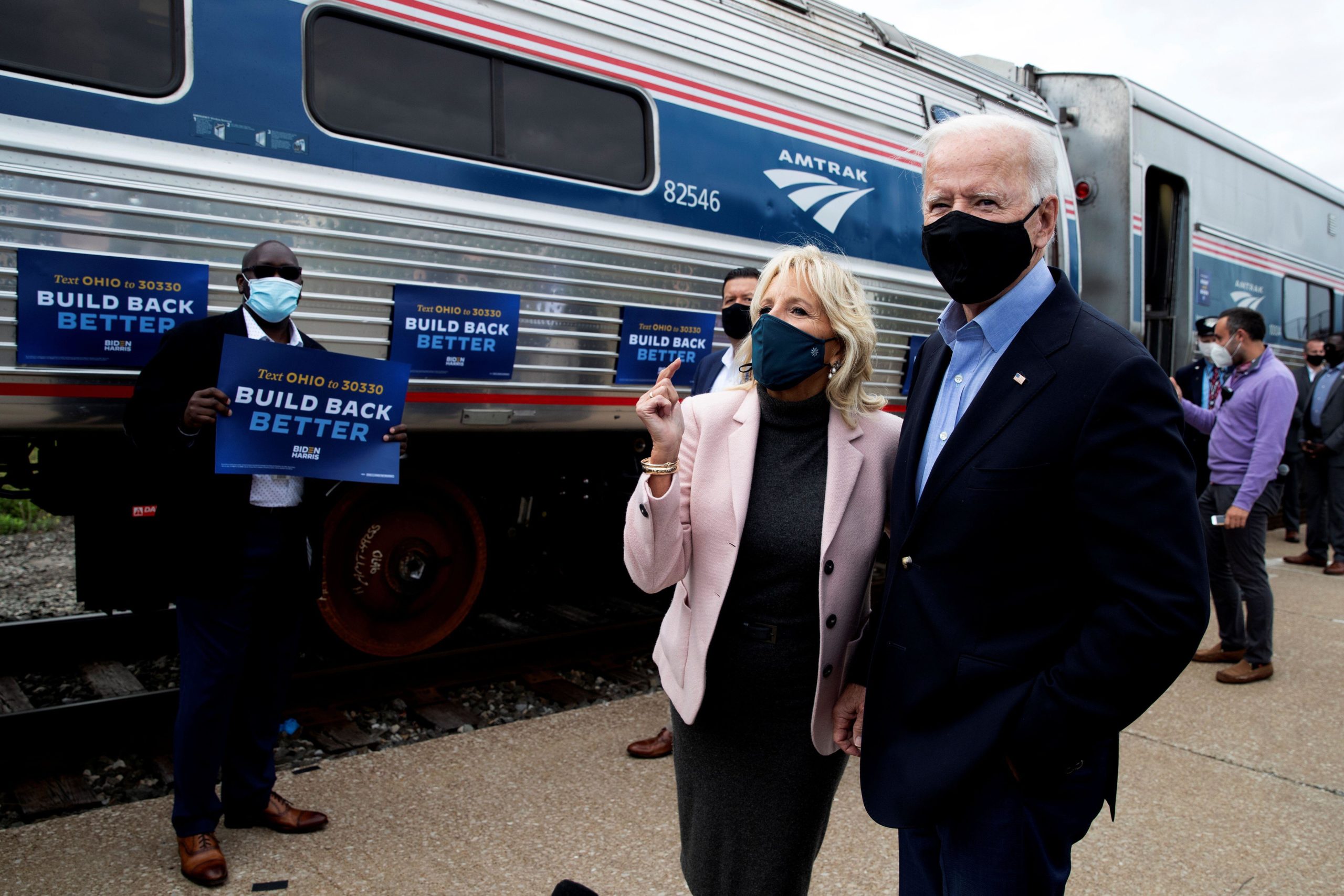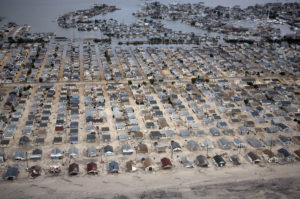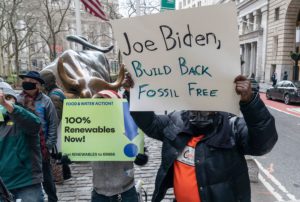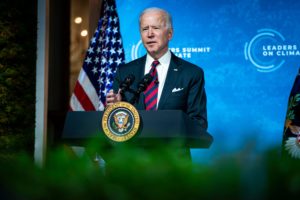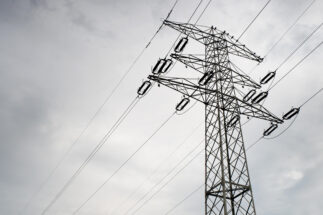President Biden, flushed with success after passing a $1.9 trillion Covid relief package, has unveiled more big plans. He chose Pittsburgh, Pennsylvania, a former part of coal country, to make his pitch for a “once-in-a-generation investment in America, unlike anything we’ve seen or done since we built the interstate highway system and the space race decades ago”.
Editor’s note
In the days leading up to Biden’s Earth Day Summit (22-23 April) we are looking at the state of climate policy today, particularly in China, the US and EU. See our other coverage here.
If implemented, the American Jobs Plan would be one of the most significant investments in clean energy and supporting infrastructure ever. This contrasts with the Trump Stimulus which disproportionately benefited fossil fuel companies and investors. President Trump claimed to care about “Pittsburgh not Paris”, meaning American workers not global climate change. President Biden made clear he cares about both.
Biden knows that his window to ensure economic recovery and put people back to work is short. In unveiling his jobs plan, he has broken with past policy and proposed big, popular investments. According to the World Resources Institute, “at least $1 trillion (over ten years) would go to sectors that fall under the broad umbrella of climate change, clean energy and environmental justice”. This includes $174 billion for domestic manufacturing of electric vehicles, $85 billion for public transport, another $80 billion for rail, $35 billion for research and development to address the climate crisis, including the creation of a body focussing on the climate crisis under the remit of the Department of Energy. ARPA-C (Advanced Research Projects Agency-Climate) will operate in a similar vein to its sister agency ARPA-E which has been working on cutting-edge energy solutions since 2009. There’s also an acknowledgement of the need to prepare for climate change, with $50 billion in dedicated investments to improve infrastructure resilience as the US continues to be rocked by extreme weather.
Many are demanding at least a 50% reduction in carbon emissions by 2030
With such large headline numbers, it’s easy to miss what is likely to be the most important part of the plan – an Energy Efficiency and Clean Electricity Standard (EECES) – that mandates building and deploying more clean energy, and moving toward 100% carbon-pollution-free power by 2035. The pace of clean energy deployment is likely to match the scale of works seen in the second world war, or the programmes of the New Deal.
Of course, this is just a plan. And whether it is ever implemented will depend on the ability of Biden and his allies to sell it to the public, and to members of their party in Congress, who have a slim majority in the House and Senate and who are likely to try to water down his proposals. Core to their argument is that the plan will generate “jobs, jobs, jobs”. Biden has also described this investment as crucial to “win the global competition with China in the upcoming years”.
Initial public reaction has been overwhelmingly positive. The public supports new jobs and infrastructure and is willing to see government spend money there. Almost three-quarters of Americans, including the majority of Republicans, currently support the plan. This support is likely to drop as Republicans and right-wing media hone their criticism, which has so far focused on how money won’t go to “real” infrastructure – meaning roads and bridges – but to “far-left” priorities, including the Green New Deal and support for unions. Republican Senate Minority Leader Mitch McConnell said: “This proposal appears to use ‘infrastructure’ as a Trojan horse for the largest set of tax hikes in a generation.”
McConnell is right, at least in that Biden plans to pay for a lot of this by raising corporate taxes, which President Trump had cut to levels not seen since before the second world war. Biden also wants to crack down on tax avoidance by American companies abroad. He is encouraging the government and consumers to “Buy American”, and offering US companies a range of incentives and opportunities. But, they also have to contribute their fair share.
What results these investments will achieve, if implemented, is open to question. It will take a lot to right the American ship of state, after Trump started steaming towards the rocks. As well as resuscitating the economy, the hope is that building clean energy infrastructure significantly reduces US greenhouse gas emissions and keeps the world in sight of Paris temperature goals.
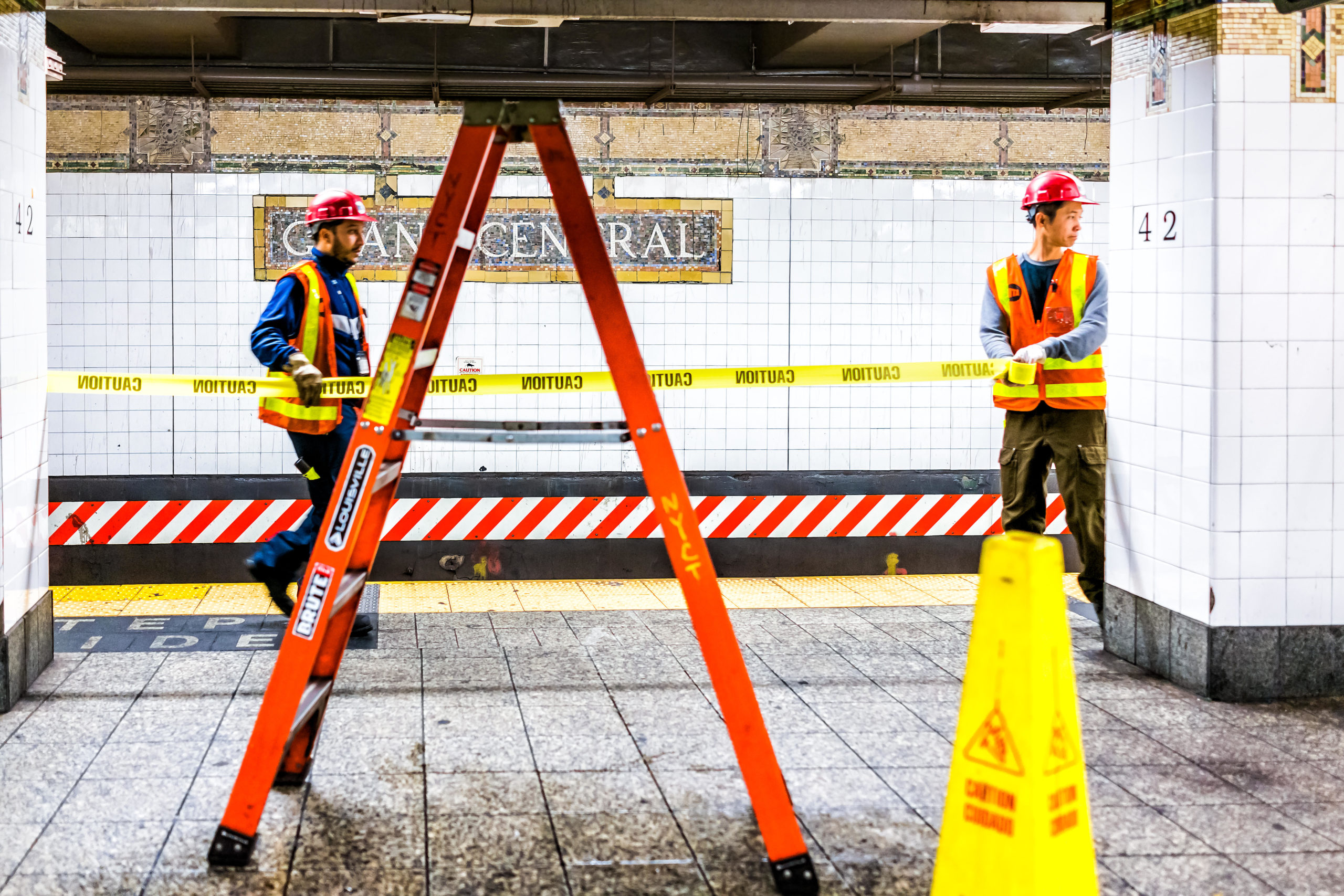
The Biden Administration plans to issue a new national climate target – a Nationally Determined Contribution – under the Paris Agreement, ahead of a summit of more than 40 world leaders it hosts on Thursday and Friday, 22 and 23 April. Governors, mayors, green groups, medical professionals, businesses, academics and others are demanding the administration target at least a 50% reduction in carbon emissions by 2030 compared to 2005 levels. This is considered fairly ambitious, but not so ambitious as to match the US’s historical contribution to climate change.
If achieved it may, just, keep the world in sight of limiting global temperature rise to 1.5C. Hard targets, coupled with big dollars, could stimulate wider, faster change, including huge private sector investment, as businesses see new opportunities and new markets. But a lot has to go right. And to achieve the global targets of the Paris Agreement the US also has to stop exporting fossil fuels, including liquified natural gas, something Biden has been so far unwilling to take a hard line on.
Biden’s plans are a good first step. To prevent dangerous climate change, this can’t be a one off. One in 100-year mega-storms are suddenly starting to happen a lot more frequently. Once-in-a-generation investments will have to happen too.
